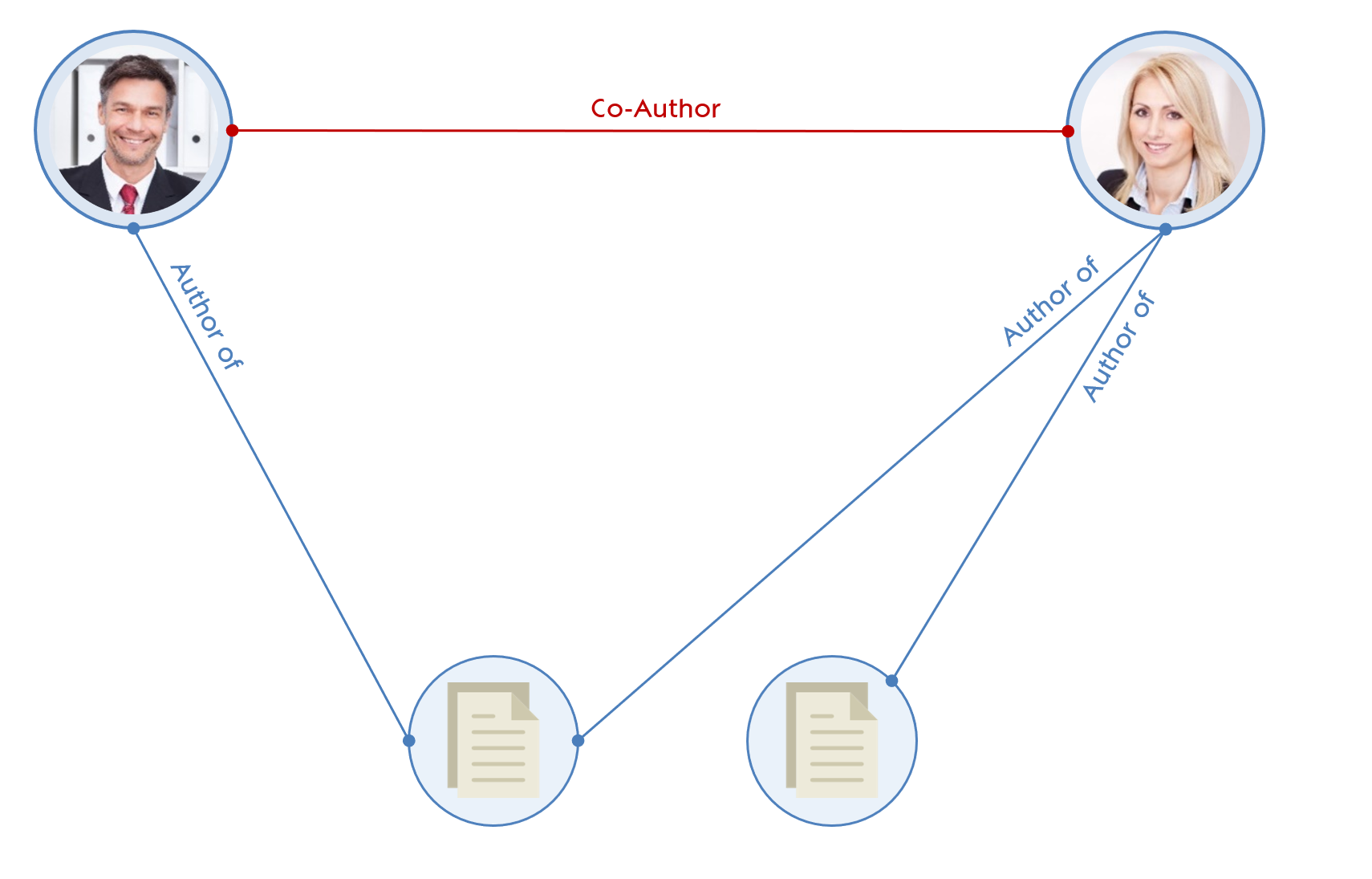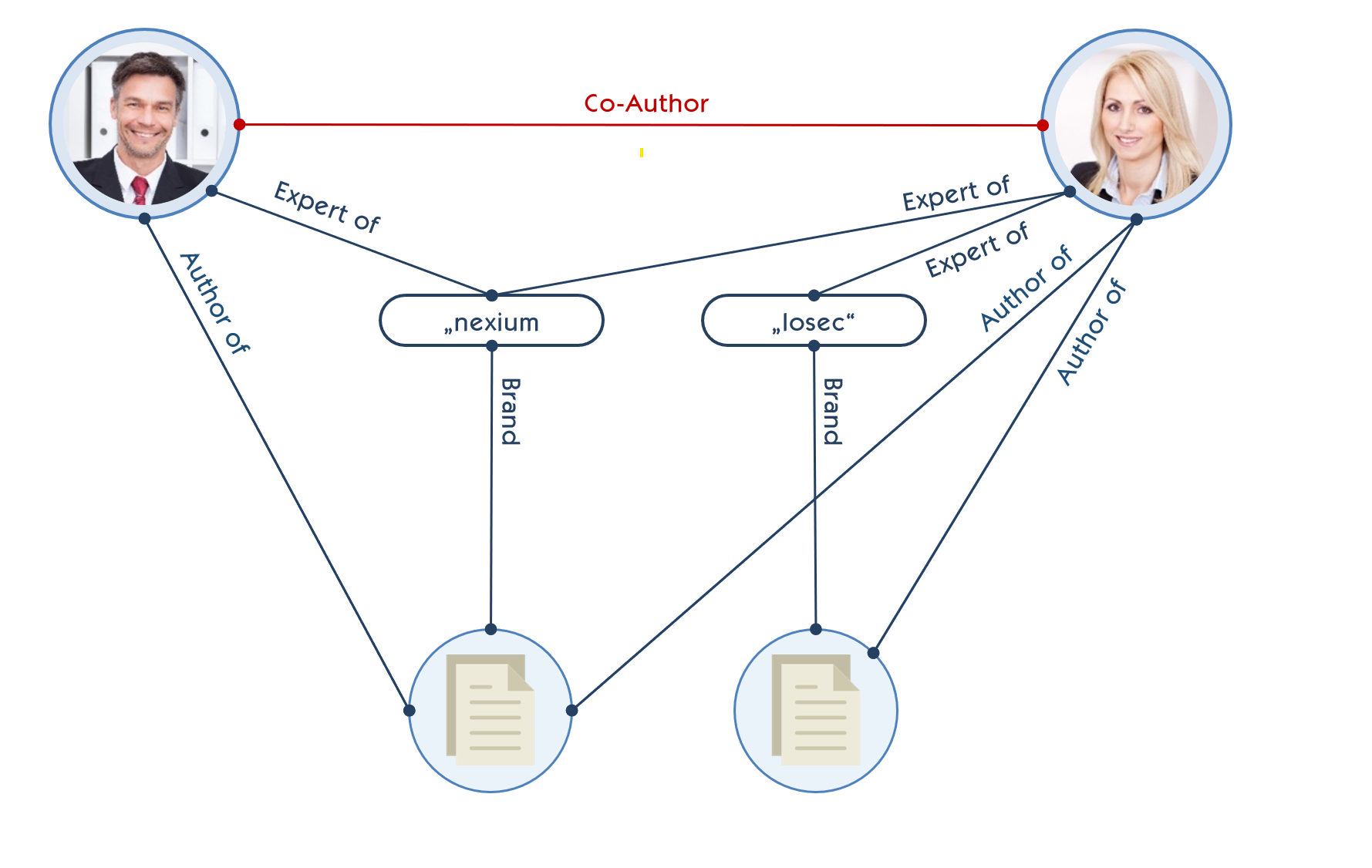The future of AI is collaborative
On August 9, 2019, Mindbreeze was invited to hold a talk on cognitive search at the American Accounting Association. As the feedback was overwhelmingly positive, I decided to summarize the content of the talk in a blog post.
The actual meaning of the word “cognitive” is “concerned with the act of knowing, perceiving”; the meaning of “search” is “examining in order to find something concealed.” This is what we do at Mindbreeze: Our appliance is more than just a simple search solution; it is an engine that makes information accessible.
A lot has been said about how AI will transform the future of individuals and the workplace. However, little is said as to how this process of transformation will actually look. In this article, I attempt to give an overview of the way we think about business process transformation at Mindbreeze and how we imagine the future workplace.
At Mindbreeze, our mission is to empower every employee to perform at their best by providing illuminating information.
Business process transformation
Obviously, business processes have come a long way. Just think of the way an accountant’s job has evolved over the past 100 years: from handwritten spreadsheets and mechanical calculators to fully electronic systems on computers. And the next revolution is just about to take place − blockchain systems that verify transactions quickly, securely, and completely autonomously.
Artificial intelligence
I want to start by explaining how AI can be seen in simple terms. Essentially, AI is a tool for information extraction and information distribution.
For example, imagine a bunch of data point-like pixels in an image. Every pixel has three color values − one for each of the colors a computer screen can represent: red, green, and blue. Previously there was no way for a computer to know from that value what kind of objects were present in that image.
With machine learning, that changed. By feeding a (huge) set of training images to the computer, it is now possible to recognize the content of an image.
But obviously machine learning does not stop there. Data points that can be interpreted range from frequency data in audio files (“speech-to-text” such as Siri or Google Assistant) to shopping information on Amazon.
At the workplace
Now, if you think about this in terms of your company, you can identify very similar challenges. Most companies have thousands and thousands of documents, images, videos − archived data that employees don‘t have any access to and knowledge about.
Now consider the standard law firm, insurance company, or bank. Nearly every single business case they are working on resembles one that they have worked on in the past. The bank has considered millions of loan applications before, the insurance company millions of claims, and the law firm millions of cases.
However, they have to access their archives, look up, and research those old cases every single time. You can imagine that this takes time that everyone would love to spend on more meaningful work.
This is where our powerful AI and enterprise search capabilities come into play. They are designed to make information accessible for every employee.
How?
Let me show you with some of our most interesting case studies.
Case study: Document classification
One of our larger accounts in Austria is a large insurer. Their promise is to answer every customer inquiry within 12 hours. However, with an increasing flood of mail, e-mails, and social media feedback, this started to become a challenge.
What became apparent was that their main bottleneck was the internal distribution and prioritization of incoming mail. Every piece of mail had to be sorted and relayed to the right department manually.
By implementing Mindbreeze, this challenge was resolved. Nowadays, an AI model takes care of this task automatically. Thousands of letters are classified this way to streamline this process, and the insurance company is not only able to maintain their high standards, but also to distinguish the relative importance of the requests.
In the following video, you can see how we use the same technology to predict the quality of reviews on Amazon: https://www.youtube.com/watch?v=hQKawAtHX4c
Case study: Business 360
Another one of our clients identified a bottleneck in that information was stored on so many different systems that their accounting became immensely inefficient. Accountants had to make phone call after phone call to trace essential information such as who the sales representative or the project manager was, or about the budget or the client’s location.
With Mindbreeze InSpire, this kind of information becomes accessible with a few simple clicks. By initiating a 360-degree view, Mindbreeze InSpire is able to trigger a contextual search that always provides up-to-date information on this data.
This is an excellent example of the capability of Mindbreeze to combine information from a multitude of different data sources. The sales rep is stored in Salesforce, the project manager in JIRA, and the location information comes from an external source like a phone directory.
Here is a video that shows this kind of dashboard: https://www.youtube.com/watch?v=wOe8INL2P6I
Case study: Expert finder
Companies that do a lot of research, especially those that deal with medical and health issues, easily lose track of their employees’ skillsets: Who was it again that wrote several studies on prostate cancer?
Mindbreeze can make sense of information that was totally concealed before − and here is how.
Imagine you have information about all your employees stored in an active directory and all your research papers on an unrelated file share. By extracting and matching the authors from these documents, the system is able to derive conclusions that were previously unthinkable: It recognizes that two people authoring the same document makes them co-authors.

Now we can also extract the topics of those papers − in this case, the ingredients “Nexium” and “Losec.” Mindbreeze is now able to draw the conclusion that the authors of those papers are experts on those topics.

The search app can be asked “Who is an expert on Losec?” and will return the names of experts on that topic. What’s more, Mindbreeze can list everyone in the company who collaboratively authored those papers.
By building a system like this for thousands and thousands of documents, Mindbreeze is able to retrieve unique insights that enable companies in this space to manage their talent far more effectively than any competitor.
See an example of applying that functionality here: https://www.youtube.com/watch?v=A0h_J1jLpNc
Final thoughts
“Companies that excel at implementing AI throughout the organization will find themselves at a great advantage in a world where humans and machines working together outperform either humans or machines working on their own.” HBR, July−August 2019 issue
Some of our clients have even discovered new business models by being at the forefront of this revolution. Nowadays, one of our largest airline customers is able to automatically recognize damaged airplanes on the basis of photos. This allows them to do so a lot faster than their competition and they can even send teams of mechanics to their competitors and make money from the repair.
AI can be seen as the next step in technologies that will enhance our work tremendously. We already live in a knowledge society, and technologies like AI and cognitive search will deliver even more information straight to our fingertips.
Latest Blogs
The New Collaborative Era: Humans + AI in 2026
Moving Beyond the Automation Fear NarrativeFor years, public debate around AI focused on a single question: Will machines replace human workers?But in 2026, that narrative is no longer relevant.
Why AI Trust Will Define Enterprise Leadership in 2026
AI Without Trust Is AI Without ImpactAs AI becomes deeply embedded in enterprise decision-making, scrutiny is rising. Organizations no longer ask, “Can AI generate insights?” The real question is: “Can we trust those insights enough to act on them?”


